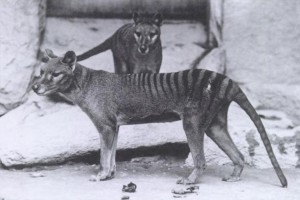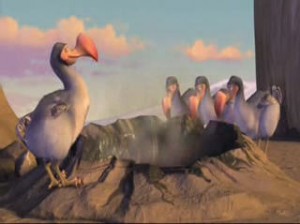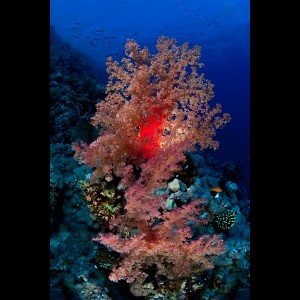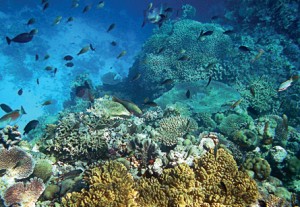Research by a UBC PhD candidate Erika Eliason was recently covered in a number of news media.
The paper was published in Science as a scientific report and as a popular science article. I really enjoyed the opening line of the popular science article:
The Chilko sockeye is the Michael Phelps of salmon.
This article is targeted for a more general audience is one of the best write ups I found. There is little jargon and the main results/ story are really clearly presented. It also stays true to the original research. Most of all I love the unique spin the author (Elizabeth Pennisi) put into the story with the Michael Phelps analogy.
The CBC’s coverage of the story is equally true to the research though I found the story they told to be less engaging than the Science news article. The CBC story is actually very similar to the UBC media release.
The CBC also featured the story on their radio show Quirks and Quarks (April 2, 2011).
Audio clip: Adobe Flash Player (version 9 or above) is required to play this audio clip. Download the latest version here. You also need to have JavaScript enabled in your browser.
Eliason was interveiwed for the show and overall did pretty well at sounding interesting and not using jargon. Bob Macdonald (the host) did a good job of getting her to better describe the ‘leads’ she used to measure the heartrate of the fish.
The Globe and Mail also covered the story, their article opened with:
Sockeye salmon in the Fraser River are facing such critically warm water in the summer that populations will either have to adapt or die as climate change pushes temperatures even higher, according to new research at the University of British Columbia.
With oceans, lakes and rivers warming worldwide, the study holds a warning that fish stocks are facing increasingly dire environmental challenges.
The globe and mail definitely presents a different main message than the other media. It seems the writer did not fully understand the results of the research or perhaps went too far trying to generalize the results and make a bigger story out of them.
I thought it was interesting that the CBC Quirks and Quarks coverage provided links to the original paper and the Globe and Mail provides links to the popular science article.
This is probably an indication of where the reporters got their information, the differences in their stories.
Eliason’s paper is about how some Salmon are better suited to climate change, their hearts allow them to survive in warmer water where other species would have difficulty.











